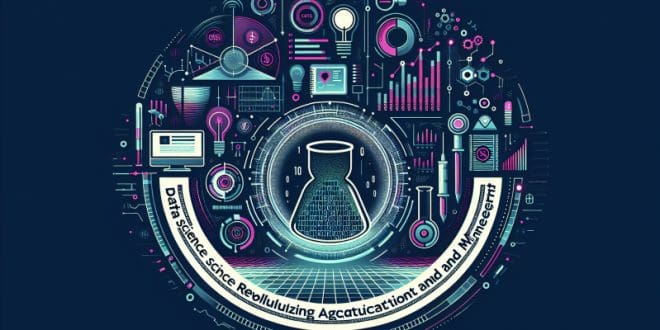In today’s data-driven landscape, various sectors are rapidly adopting data science to streamline their operations, gain insights into their performance, and carve out a competitive edge. The realm of grants is no exception. The integration of data science into grant acquisition and management heralds a new era where decision-making is refined, outcomes are optimized, and opportunities are seized with precision. For nonprofit professionals and researchers, understanding how to leverage data science is tantamount to unlocking a treasure chest of resources.
One of the chief advantages that data science offers to those in the nonprofit space is the ability to identify grant opportunities that might previously have gone unnoticed. By harnessing the power of data analytics, organizations can sift through vast troves of information to pinpoint grants that align with their mission and objectives. Machine learning algorithms can analyze patterns in successful grant applications, enabling organizations to tailor their proposals to increase the likelihood of success.
Once potential grants are identified, the application process becomes the next frontier. Data analysis can illuminate best practices and common criteria across successful applications, guiding the strategy for crafting compelling narratives. By breaking down complex grant requirements into actionable insights, organizations can streamline their application processes and improve their chances of securing funding.
The impact of data science extends far beyond acquisition, touching upon every aspect of grant management. Post-award, the meticulous work of tracking outcomes, managing budgets, and reporting on progress begins. Data analytics allow for real-time monitoring and adjustments, ensuring that funds are utilized efficiently and objectives are met effectively. This proactive approach to management can lead to better outcomes and a stronger case for future funding.
Several case studies exemplify the transformative impact of data-driven strategies in grant management. One such instance involves a community health nonprofit that leveraged predictive analytics to anticipate funding gaps and plan accordingly, resulting in a 20% increase in sustained funding over a five-year period. Another example is an educational institution that used data visualization tools to track the performance of grant-funded programs, which directly contributed to a 30% enhancement in program delivery and impact.
The tools and technologies that power these advancements are diverse and ever-evolving. From specialized grant management software with built-in analytics features to robust business intelligence platforms capable of processing big data, the arsenal available to grant professionals is impressive. These technologies enable organizations to adopt a data-centric approach to grants, ensuring that every decision is informed and every opportunity is maximized.
In conclusion, the intersection of data science and grant management represents a dynamic frontier with immense potential. Nonprofit professionals and researchers equipped with data analytic skills are not just better positioned to secure funding; they’re revolutionizing the very way grants are pursued and managed. As this field continues to evolve, those who embrace data science will lead the charge towards a more strategic and successful future in grant acquisition and management.
 Grants Club Community
Grants Club Community







